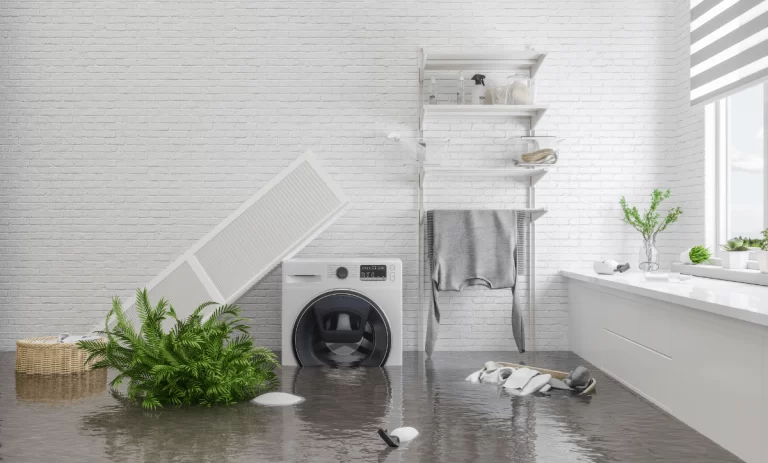Water damage is the No. 1 culprit that deteriorates your residence’s foundation, as well as the core that holds your home together.
You’ve found out about core strength for your body. Well, water damage hit the core strength of your house, ultimately triggering serious architectural damage. Moist wood welcomes carpenter ants and termites; plus, it triggers mould, as well as mildew.
To hire water damage companies, please visit the link.
Here’s how to prevent water damage by utilising three simple methods that will give you peace of mind the next time heavy tornados hit.
Make Sure Good Drain
- Why it’s an issue: Poor drain system makes your foundation weak, uneven settling, causing cracks, and paths for water to get in your house.
- How to do it:
- Clean your rain gutters regularly. A stopped-up rain gutter will send waterfalls of thin down the side of your residence, damaging your house structure and siding.
- Guarantee your downspouts direct water 5-10 feet far from your home.
- Ensure your lawn is sloped at least 6 inches over a 10-foot period away from your foundation. That incline keeps water from getting down beside your foundation, where it could cause split the stonework, wall surfaces to lean, as well as create leaks. For crawl spaces, maintaining water away makes sure excess water does not pool underneath your floor, producing moist problems that motivate mould, rot, as well as insects.
- However, do not let the dirt get as well dry, either. Lengthy dry spells let the dirt around your home dry out, as well as reduce. A large rain might make the dirt broaden, putting pressure on your structure walls. In a drought, run a soaker pipe at least 6 inches from the foundation, as well as 3 inches under the soil to keep the dirt from increasing and contracting.
Test Your Sump Pump Routinely
- Why it’s an issue: Sump pumps become life throughout storms. That is not if you need to recognize your own isn’t functioning properly. You need to inspect it at least yearly, and preferably perform several checks throughout heavy storm periods.
- How to do it:
-
- Gradually fill the sump pump pit with water. Watch for the “float,” similar to the float in your bathroom, to rise, which ought to activate the pump. Then see to make certain the water level drops.
- Evaluate your backup pump in a similar way; however, disconnect the major pump first.
- If you do not have one generator, or backup pump, as well as are on local water, get one that keeps on running on water pressure. When you get on well water, your only choice is the battery kind.
Check for Water Leaks as well as Fix Them
- Why it’s an issue: Persistent leaks bring about mould and mildew rot, and carpenter ants and termites. Yet if you fix a leak soon after it begins, there might be no long-term damage at all.
- How to do It:
- Look for dark spots under pipes inside sink cupboards, discolourations on ceilings, commodes that rock, as well as natural trickles.
- At least once a year, evaluate your roof covering. Repair work missing out on, loose, as well as harmed tiles. Repair any kind of broken caulking and check for leaks around the flashing.


Comments are closed.